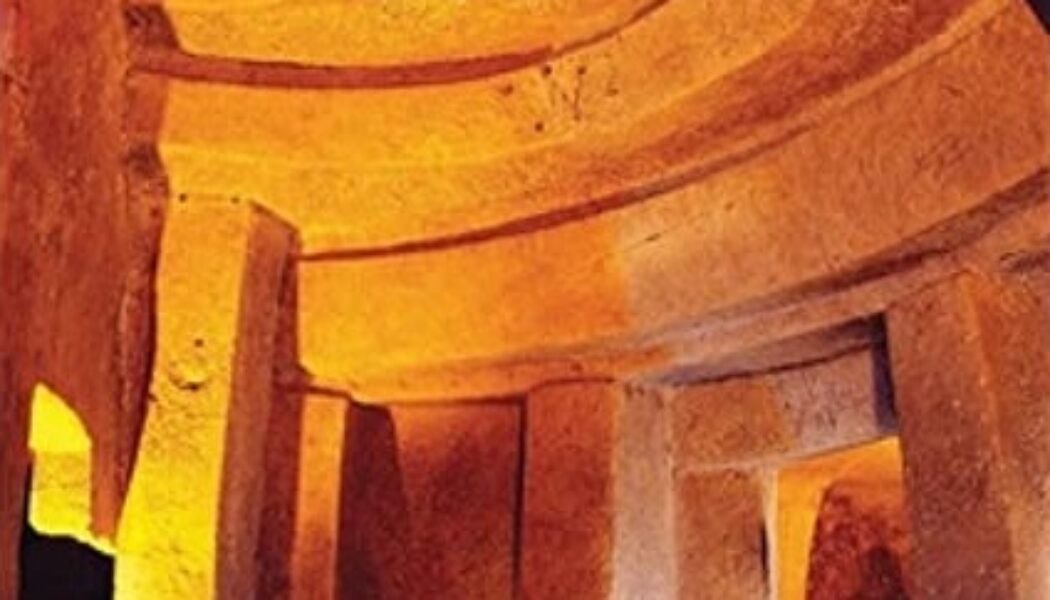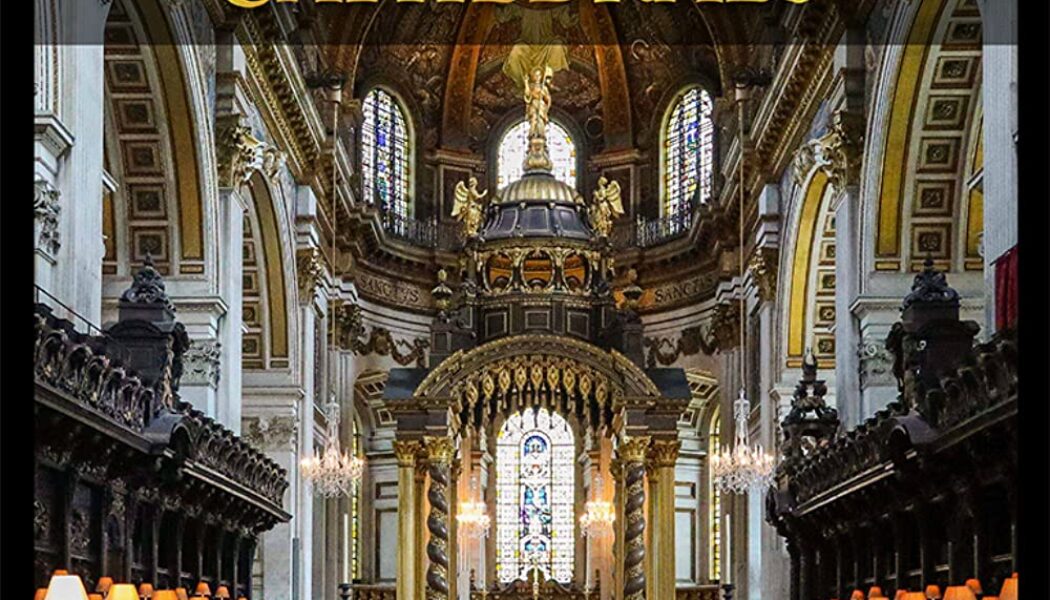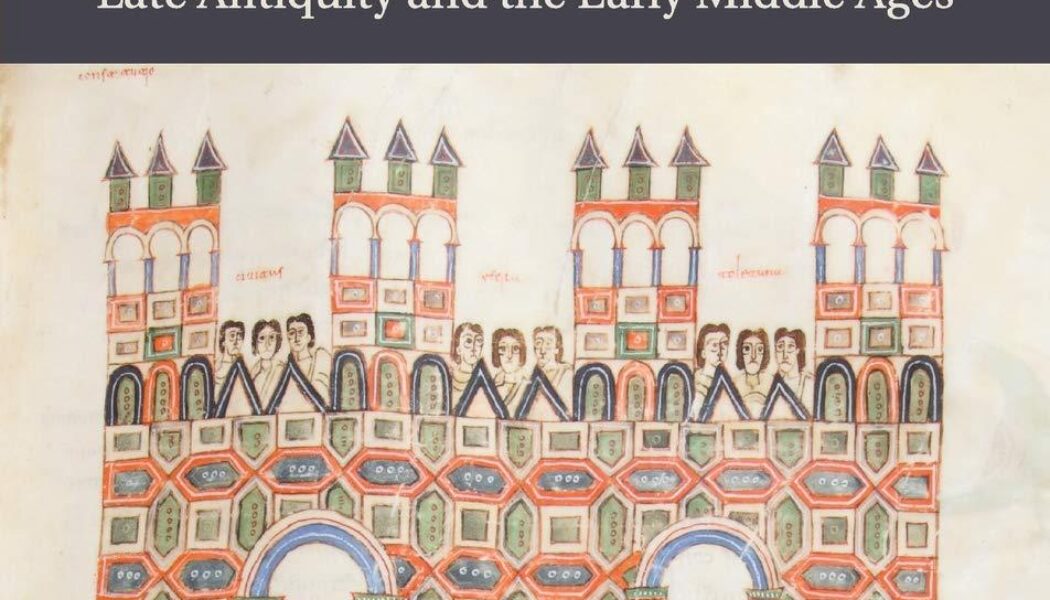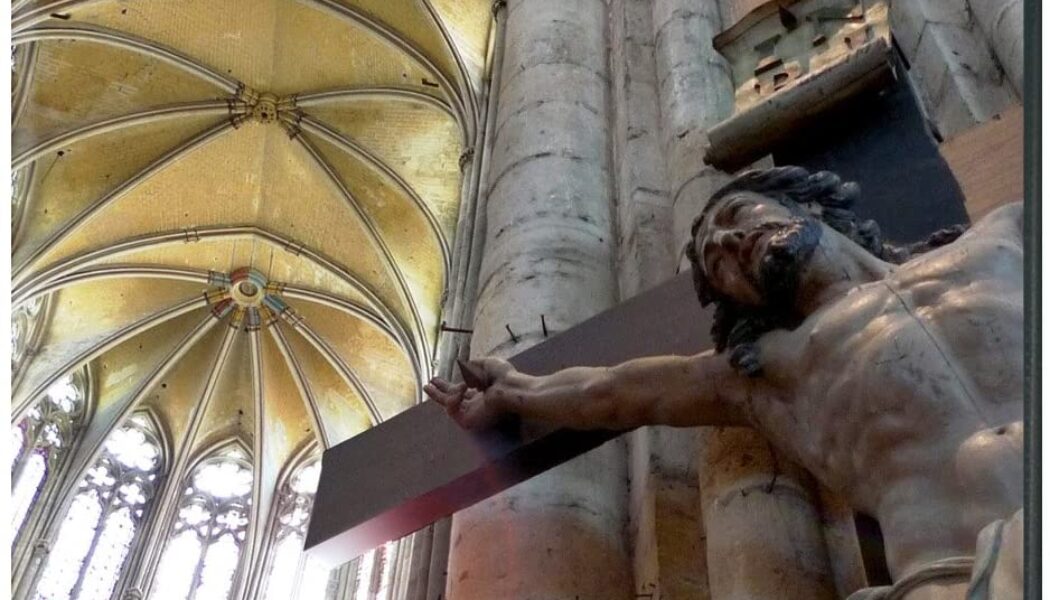architecture
Giants in Scandinavian Mythology and Folklore with Dr. Tommy Kuusela
A different perspective on giants, moving from Old Norse mythology to younger folklore accounts, and a discussion of similarities and differences.
Subterranean Realms: Subterranean & Rock Cut Structures in Ancient & Medieval Times
We know who built some of these astonishing and mysterious structures, but others were built by unknown civilizations in prehistory for reasons that are debated among researchers. Some subterranean structures may have been built for initiation ceremonies or perhaps for acoustic reasons, or both.
Secrets of Britain’s Great Cathedrals
Dominating the landscape for centuries, ancient cathedrals and abbeys reflect Britain's turbulent history through their architectural grandeur. Secrets of Britain's Great Cathedrals explores cathedrals and abbeys found throughout England and Wales, featuring interviews with historians and experts and breathtaking footage filming their legendary facades and soaring interior spaces.
The Afterlife of the Roman City: Architecture & Ceremony in Late Antiquity & the Early Middle Ages – Reprint Edition
This book offers a new and surprising perspective on the evolution of cities across the Roman Empire in late antiquity and the early Middle Ages (third to ninth centuries AD).
NOVA: Building the Great Cathedrals
Carved from a hundred million pounds of stone, soaring effortlessly atop a spider web of masonry, Gothic cathedrals are marvels of human achievement and artistry. But how did medieval builders reach such spectacular heights?
The Medieval Fortress: Castles, Forts, & Walled Cities Of The Middle Ages
The Medieval Fortress covers the origin and evolution of the castles and other walled defenses, their major components, and the reasons for their eventual decline, which was not solely due to the introduction of gunpowder. Also receiving extensive coverage are the weapons and equipment of garrisons and besieging troops.












